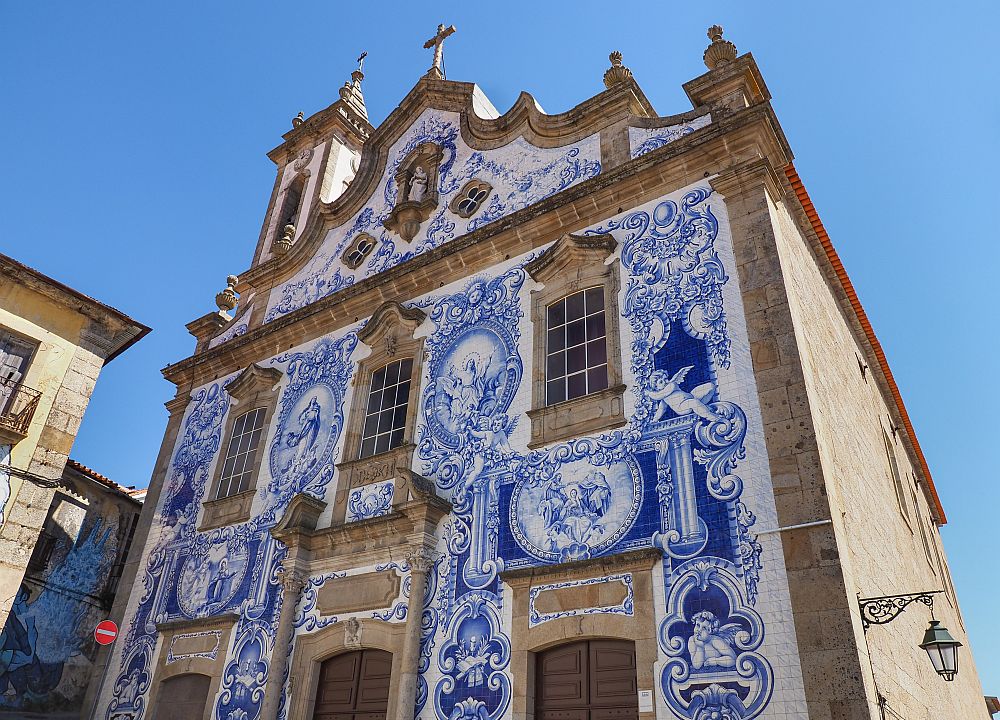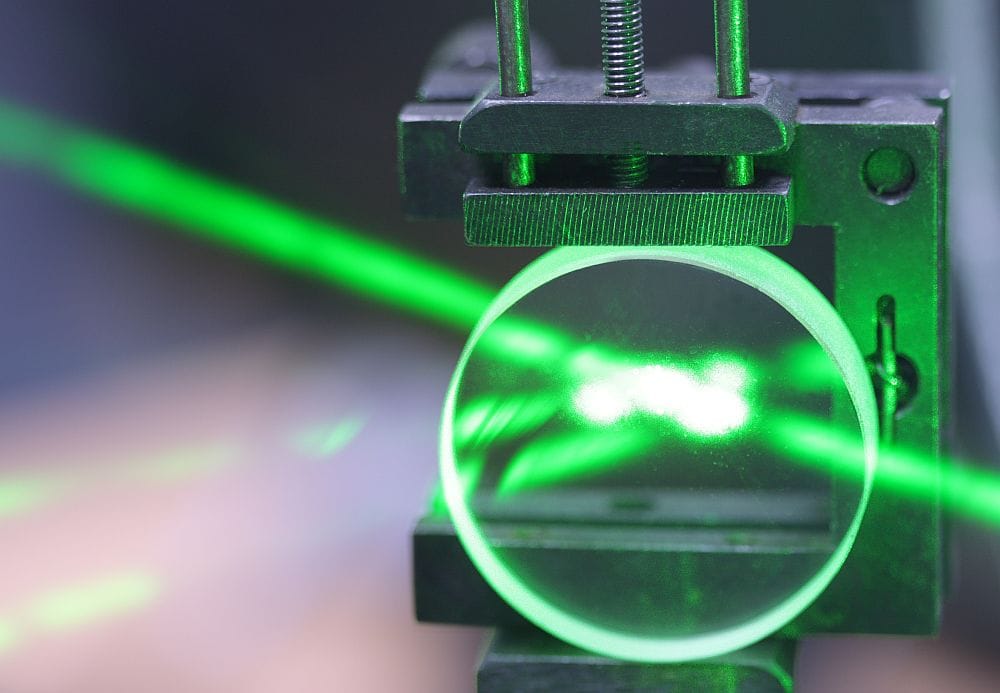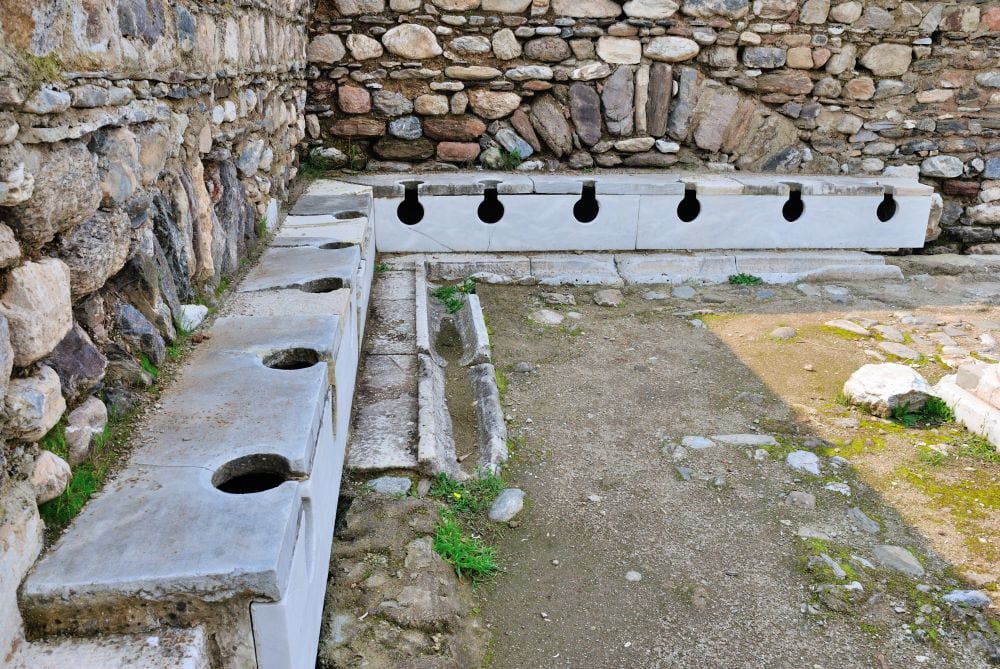
[Image above] The Global Seed Vault in Svalbard, Norway. Credit: Subiet, Wikimedia (CC BY-SA 4.0)
When the Global Seed Vault opened in Svalbard, Norway, in February 2008, the initiative was welcomed as a demonstration that countries can work together for the common good through preservation and long-term protection of important societal resources.
This month, developments related to two new global vaults made headlines. These developments are summarized below.
Microsoft designs glass records for Global Music Vault
On June 3, American business magazine Fast Company published a profile on a new partnership between Norwegian venture company Elire Group and Microsoft to create a glass-based storage medium for the Global Music Vault.
The Global Music Vault is part of a cold-storage facility drilled into the same mountain as the Global Seed Vault. Just as the seed vault protects the earth’s cache of seeds, the Global Music Vault aims to preserve the sonic arts for future generations (as explained in the video below).

Credit: Global Music Vault, YouTube
Though there are numerous methods for storing information, most methods are quite fragile. “A single swipe of a magnet can wipe a hard drive, while the plastic coating on a CD can simply rot,” the Fast Company article explains.
In 2017, Microsoft announced Project Silica during a Microsoft Ignite keynote on future storage technologies. This project aims to leverage recent discoveries in ultrafast laser optics to store data in quartz glass by using femtosecond lasers.
In 2019, Microsoft and Warner Brothers demonstrated the potential of Project Silica technology by successfully storing and retrieving the entire 1978 iconic “Superman” movie on a piece of glass.
In a press release on the collaboration, Mark Russinovich, chief technology officer of Microsoft’s public cloud computing platform Azure, said, “I’m not saying all of the questions have been fully answered, but it looks like we’re now in a phase where we’re working on refinement and experimentation, rather asking the question ‘can we do it?’”

Credit: Microsoft Research, YouTube
The new collaboration with Elire Group will use 3-by-3-inch pieces of glass that, when etched, can hold 100 GB of digital data, or roughly 20,000 songs. To retrieve the songs, a laser reads the 3D patterns etched into the glass, and machine learning algorithms translate the pattern back into music.
At this time, Elire Group is not committed to using only Microsoft’s technology for the Global Music Vault. They are instead running a proof of concept by placing these glass records into storage with recordings from the Polar Music Prize, the National Library of New Zealand, and the International Library of African Music.
China plans first ‘gene bank’ of ancient ceramics
This week, several news sites reported that China launched a project to create a “gene bank” of ancient ceramics in east China’s Jiangxi Province.
As mentioned before on CTT, scientists can learn a lot about ancient civilizations by analyzing ceramic artifacts, such as the manufacturing practices of historic workshops and the foodways and dietary habits of extinct societies.
According to Weng Yanjun, president of the Jingdezhen Imperial Kiln Institute, which will coordinate the project, the new gene bank will focus on revealing how ceramics were fabricated throughout time by collecting data on the glaze, material, color, decoration, and firing process, among other properties. Researchers at the Institute will use X-ray fluorescence analysis and other sophisticated techniques to collect these data. They can then preserve the samples in both physical and digital forms.
The gene bank is expected to eventually contain data from nearly 20 million pieces of ceramics collected over 40 years. However, the first step is to analyze a batch of nearly 10,000 ancient pieces of ceramic from the Ming Dynasty (1368–1644), which the Institute researchers expect will take a year and a half.
The video below previews some of the samples that will be included in the new gene bank.

Credit: CCTV Video News Agency, YouTube
Author
Lisa McDonald
CTT Categories
- Education


